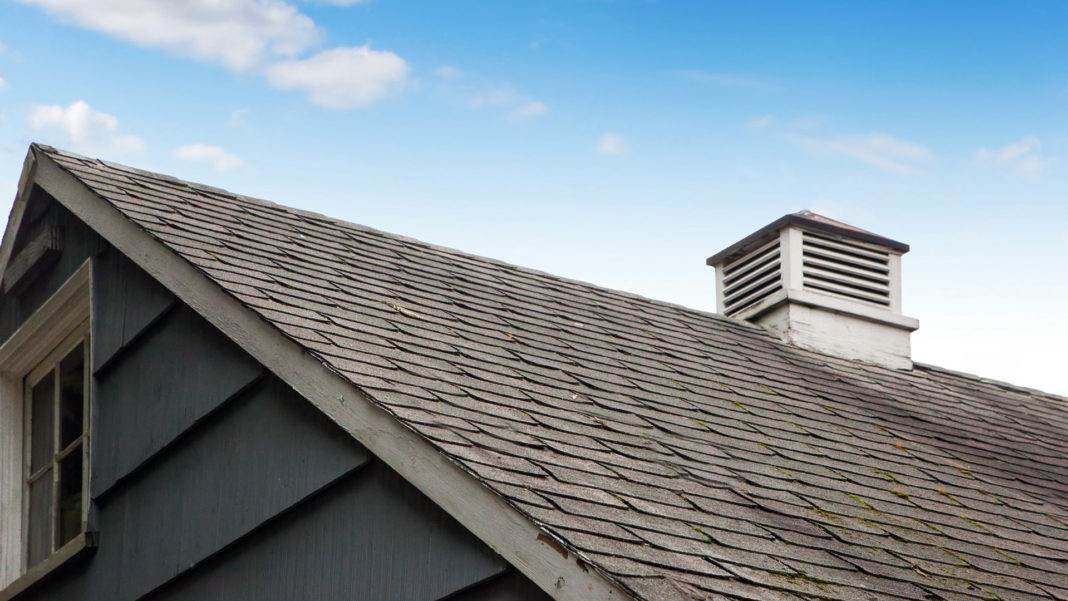2,578 new dwellings in Cork were added to the GeoDirectory database in the twelve months to June 2019, according to the latest GeoView Residential Buildings Report, prepared by EY-DKM Economic Advisory on behalf of GeoDirectory.
Nationally, 24,773 new residential dwellings were added to the GeoDirectory database the past twelve months, representing 1.2% of the total national residential housing stock.
The vast majority of these addresses were located in urban centres and on the east coast.
Over 50% of the total new addresses were added in the Greater Dublin Area, with 7,319 (29.5%) of these found in county Dublin. At the other end of the scale, Leitrim recorded the fewest new addresses, adding only 93.
Longford (109), Cavan (164), Offaly (203) and Roscommon (230) rounded out the five counties in the country with the fewest new addresses.
Construction Activity
The report shows that 1,478 buildings were under construction in Cork in June 2019. Nationally, 14,107 buildings were classified as under construction last month, a 52.5% increase on the same period last year.
Residential construction activity in Ireland in June 2019 (14,107) compares favourably to previous years, with 9,251 residential buildings under construction in 2018, 5,966 in 2017, 4,375 in 2016 and 3,786 in 2015.
Almost a third of buildings under construction were in Dublin (30.1%), while the Greater Dublin Area accounted for over half of total construction activity (51.5%).
Construction activity was weakest in Connacht and Ulster, recording only 8.7% and 4.7% of the overall total respectively.
Residential Property Transactions
There were 5,916 residential property transactions in Cork, in the twelve months to April 2019, with an average price of €262,052. 18.6% of these were for new properties. Kinsale is the town with the highest average property price in the county.
54,709 residential properties were purchased in Ireland in the twelve months to April 2019, of which 21.1% were for new properties. This is 2.1 percentage points higher than the same period last year.
In commuter counties such as Meath (40.2%), Kildare (34.7%) and Wicklow (25.4%) the proportion of new properties purchased was much higher than the national average.
Nationally, the average house price in the twelve months to April 2019 was €289,146, an increase of €15,940 or 5.8% on the 2018 figure. Once Dublin is excluded, the average house price is €214,679.
Only three counties recorded prices higher than the national average. These were Dublin (€432,327), Wicklow (€341,217) and Kildare (€297,356), while Meath, Cork, Kilkenny, Galway and Louth were the only other counties to record average prices over €200,000.
The county with the lowest average property price was Longford at €115,330, followed by neighbouring counties Leitrim (€116,468) and Donegal (€122,953).
Vacancy Rates and Derelict Buildings
The vacancy rate in Cork in June 2019 stood at 4.1%, lower than the national average of 4.8%.
The East-West divide in terms of vacant residential properties is still apparent. Counties in the north-west of the country recorded the highest vacancy rates with Leitrim (15.2%), Roscommon (13.3%), Mayo (12.9%), Sligo (10.4%) and Donegal (10.4%) all featuring in the top five.
Counties in the Greater Dublin Area, Dublin (1.2%), Kildare (2.1%) and Wicklow (3.1%) posted the lowest vacancy rates in the country.
GeoDirectory data also shows the amount of derelict buildings in the country. In June 2019, the total stood at 28,359, with the overwhelming majority (92.6%) found in rural areas. In comparison with 2015 levels, the number of derelict buildings has fallen by only 604.
Focusing on urban areas across the country, there were 1,860 derelict address points. These sites, particularly the ones found in rent-pressure zones, may present opportunities for residential developments in the coming years.
The report found that there were 133 derelict buildings in urban areas in Cork.
Commenting on the latest GeoView Residential Buildings Report, Dara Keogh, Chief Executive, GeoDirectory, said: “The construction industry is rising to the challenge of demand for housing, but it is clear that there is still some way to go to reach the required level of supply. Construction activity levels are almost four times higher than this stage in 2015 and this is reflected in the number of new property purchases. One in five houses bought in the last twelve months was new, and in commuter counties such as Meath, Kildare and Wicklow, this proportion was much higher.”
Annette Hughes, Director of EY-DKM Economic Advisory Services said: “It’s encouraging to see that Dublin and the Greater Dublin Area are benefiting from increased construction activity since our last report, having felt the strain of a lack of supply in recent years. However, with such low levels of construction activity outside of Leinster, this analysis shows that more still needs to be done to encourage more balanced regional development so as to attract talent to areas outside of the capital and achieve the ambitious objectives set out in the National Development Plan.”
The GeoDirectory database is the most comprehensive address database of dwellings in the Republic of Ireland.
A copy of the GeoView Residential Buildings Report is attached in PDF format and is available at www.geodirectory.ie








